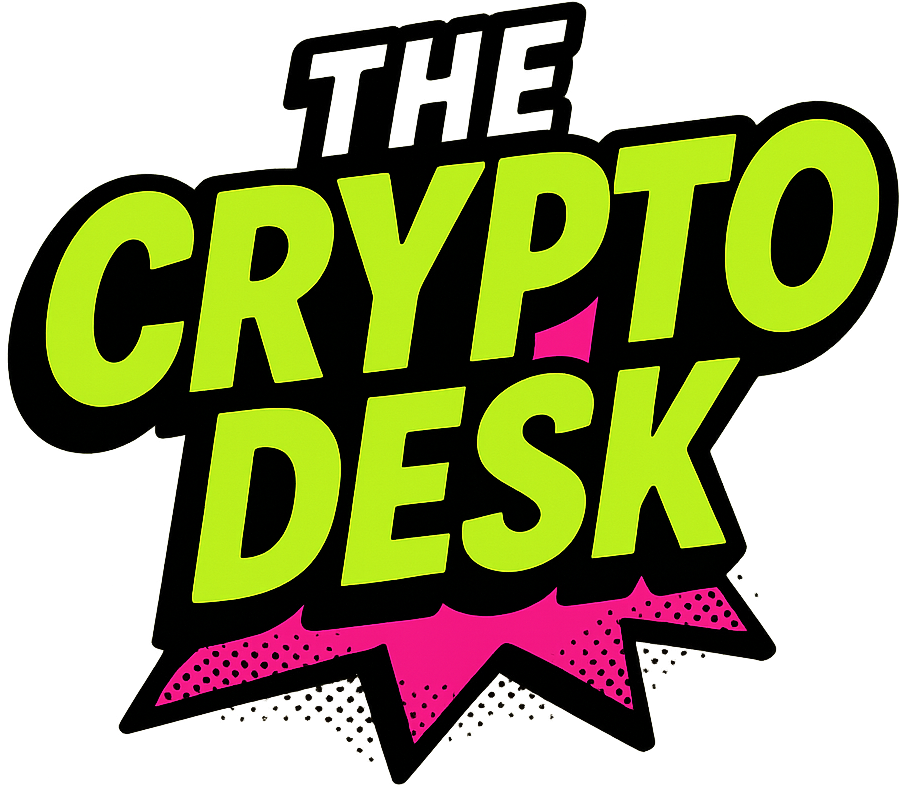Russia’s Strategic Shift: The Push for Domestic Stablecoins
In a significant move towards financial independence, a senior official from Russia’s Finance Ministry has advocated for the creation of homegrown stablecoins. This announcement comes in the wake of Tether, the issuer behind the well-known stablecoin USDT, freezing wallets associated with Russian entities, a decision that has sent ripples through the nation’s cryptocurrency landscape. As the complexities of geopolitical tensions intensify, this proposal seeks to mitigate the risks inherent in relying on foreign digital assets.
The Ripple Effect of USDT Wallet Freezes
Osman Kabaloev, the Deputy Head of the Financial Policy Department, emphasized the urgency of considering local alternatives to stablecoins like USDT. “The recent blockage makes us think that we need to consider creating internal tools similar to USDT, possibly pegged to other currencies,” he stated in a Reuters report. This statement is not just a response to recent events but a broader reflection of Russia’s economic strategy moving forward.
According to Reuters, Osman Kabaloev, Deputy Head of Russia’s Finance Ministry Financial Policy Department, said the country should consider developing its own stablecoins, potentially pegged to non-dollar currencies, following last month’s freeze of Russia-linked digital… — Wu Blockchain (@WuBlockchain) April 16, 2025
The freezing of wallets on the Garantex cryptocurrency exchange, which held upwards of 2.5 billion roubles in USDT, was a direct consequence of European Union sanctions imposed on Russia. This blockade forced Garantex to suspend its operations just a month earlier, alerting stakeholders to the potential dangers of depending on foreign-controlled digital currencies.
Why This Matters: The Implications of Domestic Stablecoins
The concept of a domestic stablecoin is not merely a technical development; it signifies a strategic move towards financial sovereignty for Russia. By developing its own stablecoins, the country could:
– **Reduce Vulnerability:** By creating a local alternative, Russia can lessen its dependence on foreign token issuers that may act in alignment with international sanctions.
– **Boost Internal Economy:** A national stablecoin could facilitate smoother domestic transactions, enhancing the overall economic landscape amidst tightening global financial restrictions.
– **Strengthen Regulatory Framework:** Establishing local tokens would allow the Russian government to better regulate and monitor cryptocurrency usage, positioning itself as a leader in the global crypto marketplace.
Understanding the Role of Stablecoins
Stablecoins are digital assets that are typically pegged to stable fiat currencies, with the US dollar being the most common. Their appeal lies in their ability to maintain a stable value, making them a go-to choice for those engaging in cryptocurrency trading or cross-border transactions. However, the recent wallet freezes have illuminated the potential risks associated with utilizing foreign-issued stablecoins, particularly in regions facing international sanctions.
In Russia, USDT has been increasingly adopted by businesses to facilitate international trade, especially as global payment systems become more restrictive under Western sanctions. Despite these advantages, the reliance on a foreign-controlled asset poses significant risks, as recent military and economic developments have highlighted.
Expert Opinions: A Shift in Perspective
Industry experts are keenly observing these developments. One hypothetical analyst commented, “The idea of issuing domestic stablecoins could be a game-changer for Russia. It not only fosters economic autonomy but also reassures local businesses of stability amidst the prevailing turbulence.” With the global economy continually shifting, this move could present Russia with newfound opportunities in the cryptocurrency sphere.
Future Outlook: What Lies Ahead for Russia’s Crypto Landscape
The prospect of a Russian stablecoin raises numerous questions for the future of the nation’s financial landscape. As the government contemplates this initiative, several possibilities emerge:
– **Increased Adoption of Cryptocurrencies:** Should stablecoins achieve momentum, we could witness a broader acceptance of cryptocurrencies for everyday transactions within Russia.
– **Strengthened Alliances with Non-Western Nations:** As Russia seeks to find alternative trading partners and bolster its economic ties, a locally issued stablecoin could facilitate smoother transactions with allies.
– **Regulatory Challenges and Innovations:** The creation of a domestic stablecoin will necessitate the establishment of a robust regulatory framework, paving the way for enhanced innovation in the crypto space.
Conclusion: The Future is Now
Russia’s contemplation of domestic stablecoins reflects a growing awareness of the vulnerabilities tied to foreign digital assets. As the global financial landscape evolves, the creation of local alternatives could empower Russia’s economy, foster innovation, and secure a more stable transaction environment. What do you think about this strategic pivot? Could homegrown digital currencies redefine Russia’s financial autonomy? Let us know your thoughts in the comments below!

